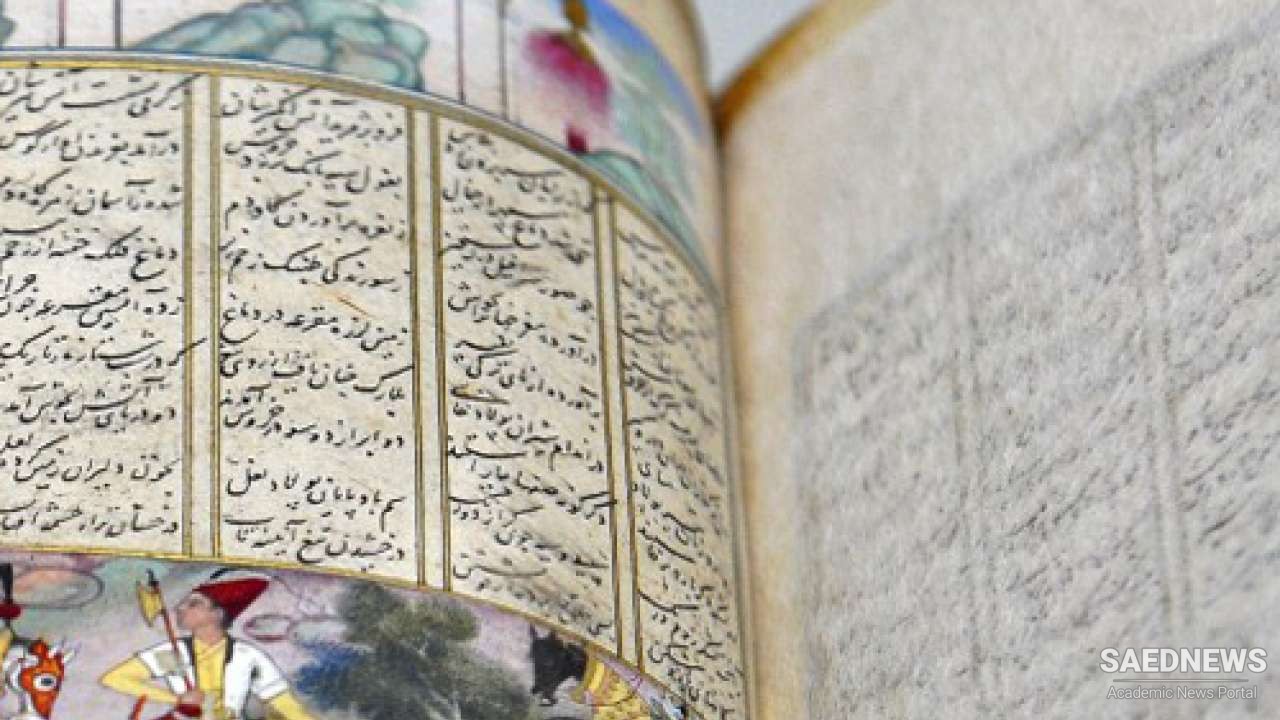The most interesting, and undoubtedly the most successful, of the attempts at a classification of Persian literature is the theory of the three “styles” (sabks). This theory has the great advantage that it did not originate in the more or less abstract reflections of modern scholarship, but in the concerns of practicing poets who endeavored to come to terms with different tendencies within their own tradition. Although the available evidence is scarce, it likely emerged towards the end of the 19th century in discussions of the best examples to be followed in poetry that were going on in Mashhad among a circle of poets and literati. The most prominent among them was Sabuhi, the poet laureate (malek al-sho’ara) at the court of the Qajar governor of Khorasan and at the shrine of the Imam Ali al-Reza. These ideas were publicized especially through the writings of Sabuhi’s son, Mohammad-Taqi Bahar (1886–1951), one of the founders of modern literary scholarship in Persia as well as an outstanding poet in the neoclassical style. The geographical terminology is a distinctive feature of this theory as a whole. It has its justification in the political and cultural history of Persia in as far as it indicates important shifts in the centers of power and patronage in Persian culture. The disadvantages are, first, that it fails to encompass all the historical developments that fall within a period; second, that its chronology is imprecise; and third, that it does not specify any literary characteristics of the period. For our present purpose, the theory of the three styles provides a convenient framework for a birds-eye view of the history of the classical tradition. The earliest stage was, according to this theory, the period of the style of Khorasan (sabk-e Khorasani), which is also known as the style of Turkestan (sabk-e Torkestani). It was thus named because the earliest courts where Persian poetry was written were those of semi-independent rulers in the eastern provinces of the Abbasid Caliphate: the Taherids of Nishapur, the Saffarids of Sistan and above all of the Samanids of Central-Asian Bukhara. Together the flowering of these emirates in the east fell between the middle of the 9 th and the end of the 10th centuries. About the year 1000 the center of political gravity moved to the area of Ghazne, in present day eastern Afghanistan. Here the Ghaznavids, the first Turkish dynasty to come to power in the Persian lands, energetically continued the patronage of Persian poets and writers. They were also the first to bring the Persian literary tradition to India, to Lahore, the residence of the Ghaznavid governors of the Punjab. In Central Asia the Samanids were succeeded by the Turkish Qarakhanids who continued to support Persian court poetry. The end of this period is not easy to determine. It could be argued that it lasted until the downfall of the Ghaznavids and their successors, the Ghurids, in the second half of the 12th century, but at that time Persian literature had already begun its extension to the western regions from which the next period derived its name.


 Classical Persian Literature: Origins and Orientation
Classical Persian Literature: Origins and Orientation














































